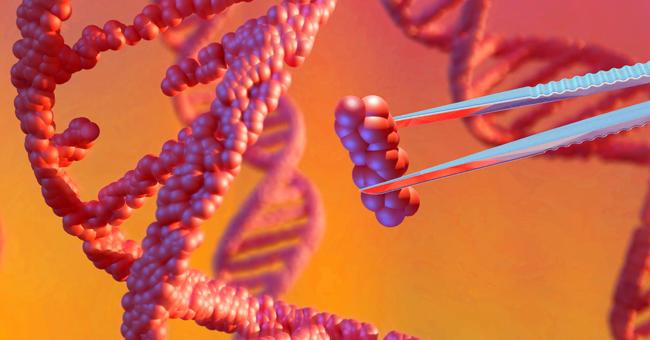Summary
Heritable Genetic Modification in Food Animals, a new congressionally mandated report from the National Academies of Sciences, Engineering, and Medicine, offers recommendations for identifying the biological basis of a wide range of potential human health risks relevant to the regulation of heritable genetic information in food animals.
Source: National Academies

AI News Q&A (Free Content)
Q1: What are the potential human health risks associated with heritable genetic modification in food animals?
A1: Heritable genetic modification in food animals can pose several potential human health risks. These include the possibility of creating new allergens or toxins, the transfer of antibiotic resistance genes, and unexpected changes in nutritional content. Additionally, there may be long-term ecological impacts that are not yet fully understood. The National Academies of Sciences, Engineering, and Medicine report recommends identifying these risks to ensure safe regulation of genetically modified food animals.
Q2: How does the process of creating genetically modified animals differ from plants?
A2: The process of creating genetically modified animals is generally more complex and challenging compared to plants. Genetic modification in animals involves isolating and inserting genes into an animal's genome, often using techniques like CRISPR. Unlike plants, animals are more difficult to transform due to their complex biology and longer life cycles. Moreover, ethical and welfare concerns are more pronounced in animals, and the majority of genetically modified animals remain at the research stage.
Q3: What are the latest developments in estimating genetic heritability, and how is it relevant to food animals?
A3: Recent advancements in estimating genetic heritability include methods like boosting heritability and kernel ridge regression. These techniques enhance the accuracy of determining how much of phenotypic variation is due to genetic factors. In food animals, understanding heritability is crucial for breeding programs aimed at improving traits such as growth rate and disease resistance. These methods can provide reliable estimates, aiding in the selection of desirable traits in genetically modified animals.
Q4: What are the economic implications of using genetically modified animals in agriculture?
A4: Genetically modified animals in agriculture can have significant economic implications. They can potentially increase productivity by enhancing traits like growth rates and disease resistance, leading to lower production costs and higher yields. However, the development and regulation of GM animals involve high costs and stringent oversight, which can impact their market entry. Additionally, consumer acceptance and ethical concerns may influence market dynamics and economic outcomes.
Q5: How has genetic engineering in animals evolved since its inception, and what are some milestones?
A5: Genetic engineering in animals has evolved significantly since the creation of the first genetically modified mouse in 1974. Key milestones include the commercialization of the GloFish in 2003 and the approval of AquAdvantage salmon for food use in 2015. Advancements in genome editing techniques, such as CRISPR, have simplified the creation of genetically modified organisms, making the process more efficient and precise. These developments have broadened the scope of genetic engineering in animal agriculture.
Q6: What are the recommendations for regulating heritable genetic modification in food animals?
A6: The National Academies of Sciences, Engineering, and Medicine report recommends a comprehensive regulatory framework for heritable genetic modification in food animals. This includes rigorous risk assessments to identify potential health and ecological impacts, transparent public engagement to address ethical and social concerns, and continuous monitoring to ensure safety and compliance with environmental and health standards.
Q7: How do genetically modified animals contribute to scientific research and environmental solutions?
A7: Genetically modified animals contribute significantly to scientific research by serving as model organisms to study human diseases and genetic functions. They also offer environmental solutions, such as reducing the ecological footprint of livestock production through enhanced feed efficiency and disease resistance. Moreover, GM animals like mosquitoes are being explored for controlling vector-borne diseases, showcasing their potential in addressing global health and environmental challenges.
References:
- Genetically modified animal: https://en.wikipedia.org/wiki/Genetically_modified_animal
- Genetically modified organism: https://en.wikipedia.org/wiki/Genetically_modified_organism





